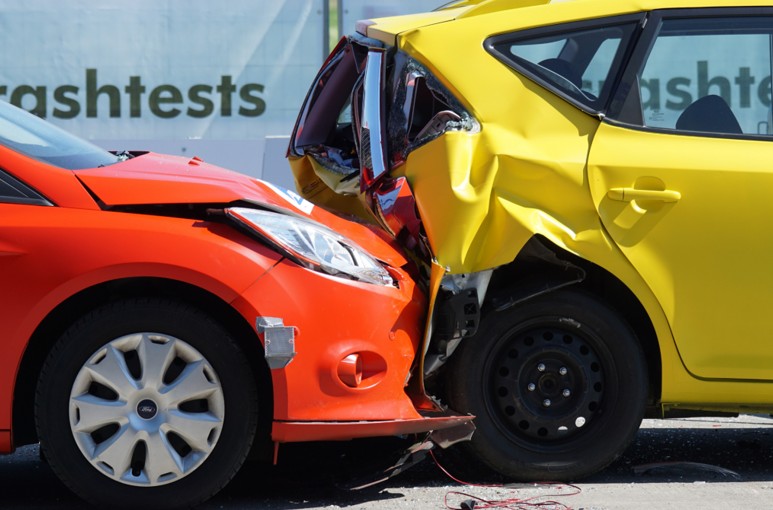A rear-end collision is a very common type of vehicle accident where one car hits another from the back. In most instances, the driver in the back is usually tagged as the culprit. However, other parties may be held liable as well.
Knowing who is liable will help in the compensation process. Rear-end car collision lawyers help in identifying all parties responsible and can guide you through the process.
Here are some parties that can be held liable.
1. Vehicle Manufacturers
A defect in the vehicle might lead to a rear-end collision and therefore may bind the manufacturer liable. These include issues like defective brakes or malfunctioning lights that contribute to the accident.
In such cases, victims may pursue claims against the manufacturer under product liability laws by saying the vehicle was unreasonably dangerous because of its defects.
2. Auto Parts Suppliers
Like a vehicle’s manufacturer, even a supplier of an auto part can be held liable when their product is responsible for causing a rear-end accident.
As an example, if poor-quality brake pads cause brake failure, the suppliers can also be held liable for damages. Liability may be established to prove that the part was defective or did not meet the safety standards.
3. Employers
Employers may also be found legally responsible in such cases under the principle of vicarious liability when a driver operates the vehicle within the course of his or her employment, as would be the case with a delivery driver or a commercial truck driver.
If the driver was within the scope of his employment at the time of the accident, the employer could also be held liable for any damages caused by the accident.
4. Government Entities
If poor road conditions, inadequate signage, or lack of maintenance contribute to a rear-end collision, government entities may be liable.
For instance, if a road is poorly lit or if traffic signals are malfunctioning, injured parties may have grounds for a claim against the local or state government. However, there are specific procedures and limitations when pursuing claims against government entities, often requiring prompt notification of the claim.
5. Other Drivers
While the rear driver is typically at fault in rear-end collisions, other drivers on the road may also share responsibility.
For example, if a vehicle suddenly cuts off the rear driver, causing them to collide with the car in front, the cutting-off driver may bear some liability. In these situations, liability can be apportioned among multiple parties based on the circumstances leading to the accident.
Conclusion
While the driver of the rear vehicle is often presumed to be at fault in a rear-end collision, liability can extend beyond just the drivers involved. Vehicle manufacturers, auto parts suppliers, employers, government entities, and even other drivers may share responsibility in these incidents.
Understanding the various parties that can be held liable is essential for victims seeking compensation for their injuries and damages. If you find yourself involved in a rear-end collision, consulting with an experienced attorney can help you navigate the complexities of liability and ensure that all responsible parties are held accountable.
Read more articles on our site.







